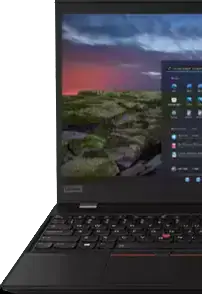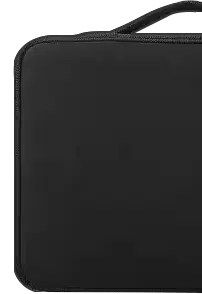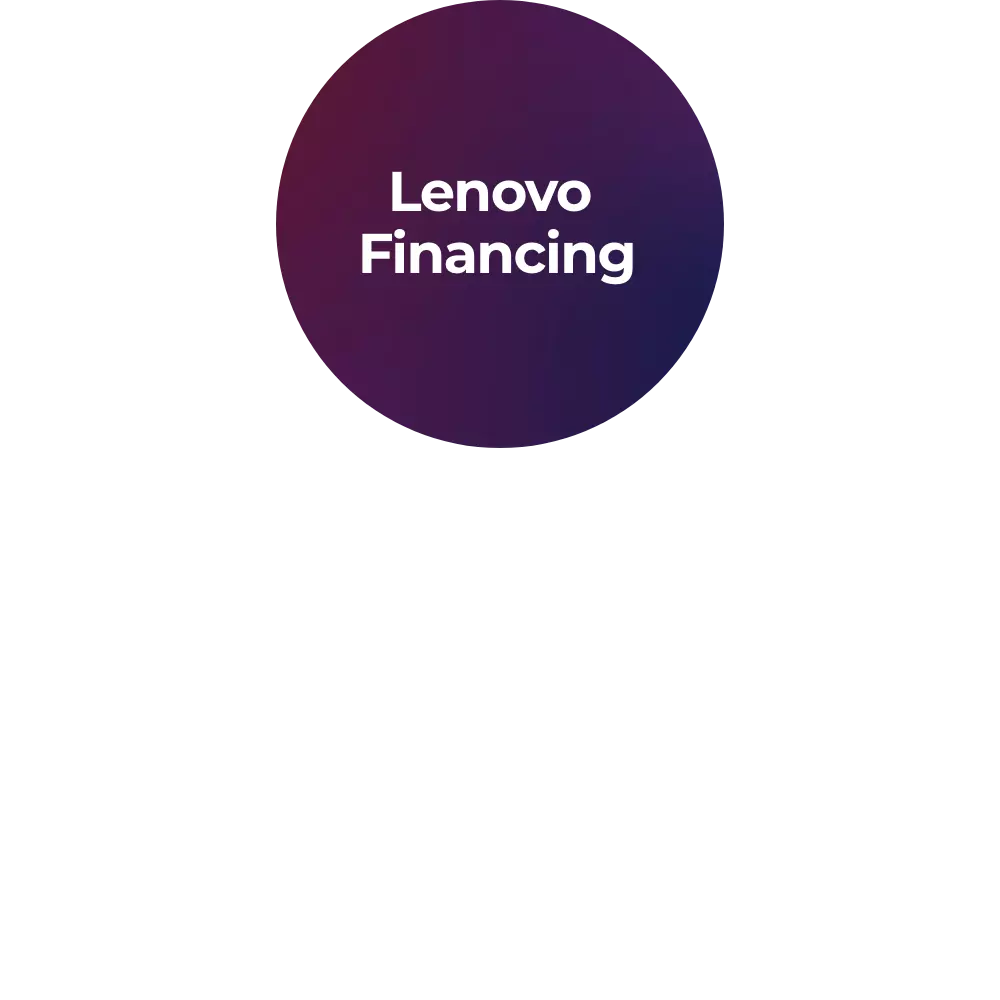What is a path in computing?
In computing, a path refers to the specific location or route through which a file or directory can be accessed within a file system. It represents the hierarchy of directories or folders leading to a particular file.
How do I specify a path in a file system?
To specify a path in a file system, you need to provide the sequence of directories or folders that need to be traversed to reach a specific file. This sequence is usually represented using a string of directory names separated by a delimiter, such as a forward slash (/) or a backslash ().
What is the difference between an absolute path and a relative path?
An absolute path provides the complete location of a file or directory from the root of the file system. It includes all the necessary directories to navigate from the root to the target file or directory. However, a relative path specifies the location of a file or directory relative to the current working directory. It doesn't start from the root but assumes a starting point based on the current location.
How do I write a path in Unix-like systems, such as Linux?
In Unix-like systems, including Linux, both absolute and relative paths are written using forward slashes (/) as the delimiter. Absolute paths start from the root directory ("/") and provide the complete directory hierarchy to the target file or directory. Relative paths, however, specify the location relative to the current working directory, like Windows.
Can I use special characters or symbols in a path?
While it is generally recommended to avoid using special characters or symbols in file and directory names, you can use them in a path. However, some characters have special meanings in certain contexts, such as the dot (.) representing the current directory and dot-dot (..) representing the parent directory. If you need to include a special character in a file or directory name, you may need to escape or encode it properly depending on the file system or programming language you are using.
What is the purpose of the path environment variable?
The path environment variable is a list of directories that the operating system searches when you execute a command or run a program without specifying the complete path. When you enter a command in the command line or terminal, the operating system looks for the corresponding executable file in the directories listed in the path variable. This allows you to run programs from anywhere in the file system without having to provide the full path to the executable.
How do I view the path environment variable on Windows?
On Windows, you can view the path environment variable by opening the Command Prompt and entering the command "echo %path%". This command will display the list of directories in the path variable, separated by semicolons (;).
Can I modify the path environment variable?
Yes, you can modify the path environment variable to add or remove directories. This can be useful when you want to include additional directories where your programs or scripts are located. In Windows, you can modify the path variable through the System Properties dialog or using the "setx" command in the Command Prompt. In Unix-like systems, you can modify the path variable by editing the shell configuration file, such as ".bashrc" or ".bash_profile".
Is the path environment variable case-sensitive?
No, the path environment variable is typically not case-sensitive. It means that you can specify directory names in uppercase or lowercase letters without affecting how the operating system searches for executables. It's important to note that the file system itself may be case-sensitive, so you need to use the correct case when providing the path to a file or directory.
How does the path variable work in relation to executable files?
When you execute a command or run a program without specifying the full path, the operating system looks for the corresponding executable file in the directories listed in the path variable. It searches these directories in order from left to right until it finds a matching executable file with the given name. Once it finds the executable, it executes it.
Can I add a directory to the path variable temporarily?
Yes, you can add a directory to the path variable temporarily. In most command-line interfaces, you can use the command "export" in Unix-like systems or "set" in Windows to add a directory to the path variable for the current session. However, this change will not persist beyond the current session.
Can I use variables within a path?
Yes, you can use variables within a path to make it more flexible and dynamic. Variables allow you to store values that can be used in various parts of a path. For example, in a shell script, you can define a variable for the home directory and use it to construct paths relative to the user's home directory. This makes it easier to adapt the path based on different environments or user configurations.
How can I handle spaces in file or directory names within a path?
When dealing with file or directory names that contain spaces within a path, you need to enclose the names in quotation marks or escape the spaces using backslashes (). This ensures that the path is interpreted correctly by the operating system or programming language. For example, if you have a file named "my file.txt" within a directory called "Program Files," you can write the path as "Program Files/my file.txt" or "Program\ Files/my\ file.txt".
Can I use relative paths when importing modules in programming languages?
Yes, many programming languages support importing modules using relative paths. When importing a module, you can specify a relative path to indicate the location of the module relative to the current script or module. This allows you to organize your code into separate directories and import modules from different locations within your project.
What is a search path in the context of programming?
In programming, a search path refers to a list of directories that an application or programming environment searches to find files or resources. This can include directories where libraries, modules, configuration files, or other resources are located. By defining a search path, you provide a set of locations that the program can scan to locate the required files or resources.














